Have you always wanted to create beautiful bouquets?
Are you envious of people who have vases of fresh flowers in their homes?
If you said yes, then it's time to start thinking about the flower arrangements you'd like to make.
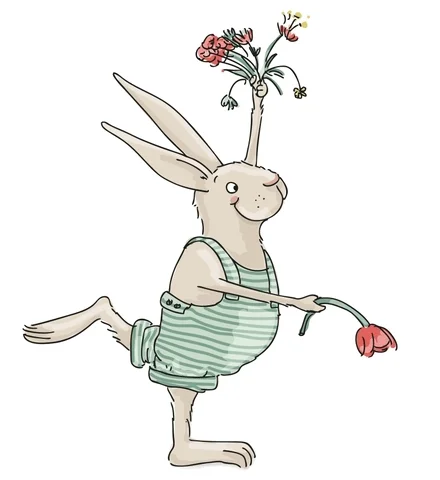
Step 1: What role will each flower play?
Focal flowers are the boldest flowers used in an arrangement. Often bigger and more eye catching, these flowers draw the eye and are the basis for your design.
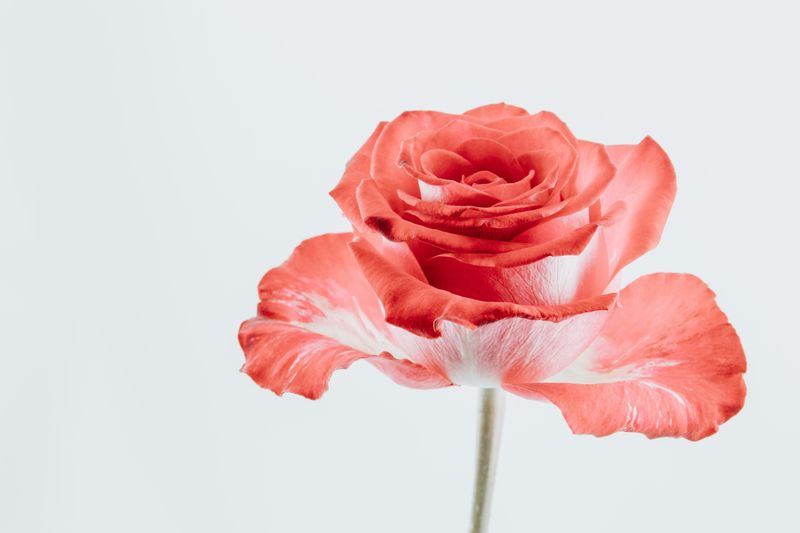 Photo by Pawel Czerwinski on Unsplash
Photo by Pawel Czerwinski on UnsplashSecondary flowers are often smaller and less noticeable than focal flowers, yet they still give shape to the arrangement, and add color and texture.
 Photo by Jacalyn Beales on Unsplash
Photo by Jacalyn Beales on UnsplashFiller flowers are used alongside greenery to fill "gaps and blank spaces in the arrangement."
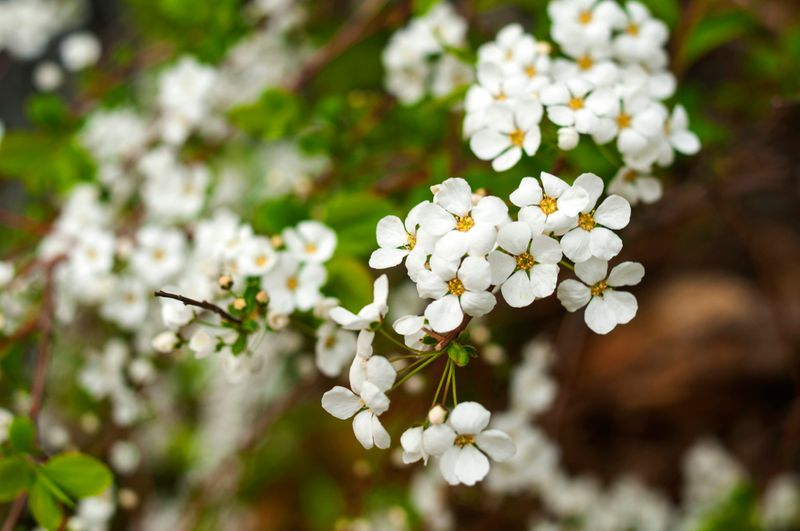 Photo by Na visky on Unsplash
Photo by Na visky on UnsplashOnce you've selected your flowers, it's time to start building your arrangement!
Step 2: Gather your tools
Depending on the arrangement you are making, you may need some or all of these tools:
Floristry foam is used for arrangements, as it keeps flowers fresh for several days and often contains antibacterial substances to protect flowers from decay.
Floristry wire is used to support the stems of flowers.
A floristry knife is used to cut the stems of flowers cleanly, this tool allows for precise, angled cuts.
Branch cutters are used for thicker stems and woody branches.
Floral tape is used to bind flowers together and to make the mechanics of the arrangement less visible.
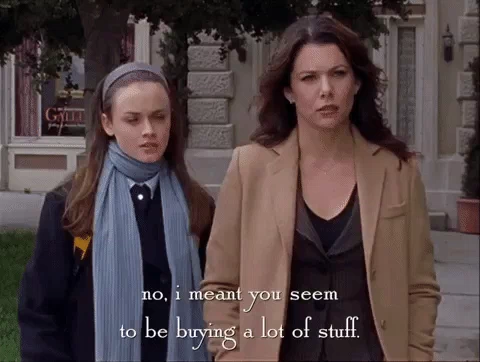
Quiz
You're creating an arrangement. Some of the longer flowers are unsteady and are hard to work with. Which tool would you use to resolve this?
Step 3: Choose your vessel
It is important to choose the right vessel so that your arrangement ends up looking how you want it.
Consider:
whether you'll use a traditional vase or something less conventional.
where the arrangement will be displayed.
what color and shape will work well in the space.
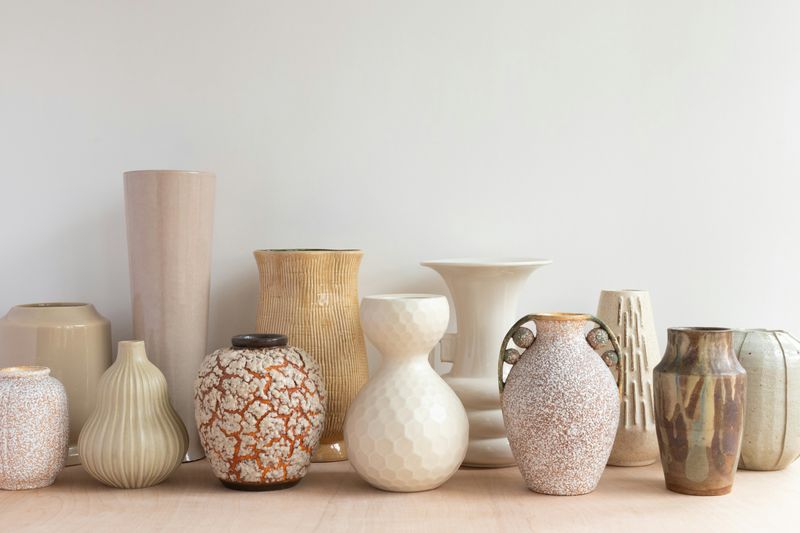 Photo by Chloe Bolton on Unsplash
Photo by Chloe Bolton on UnsplashIf using a traditional vase, fill it with water and add some "flower food" sachets if available. If you're looking for a DIY option, check out the video below. For larger vessels, you may choose to use some floristry foam instead.
Step 4: Choose your blooms
There are millions of flowers on the planet! So, how do you decide which ones to use?
Think about:
Which flowers are in season?
Which flowers are available?
What colors you want to use.
What greenery you will be using.
Which focal flowers, secondary flowers, and filler flowers to use.
How will these choices will look in your space and with your chosen vessel?
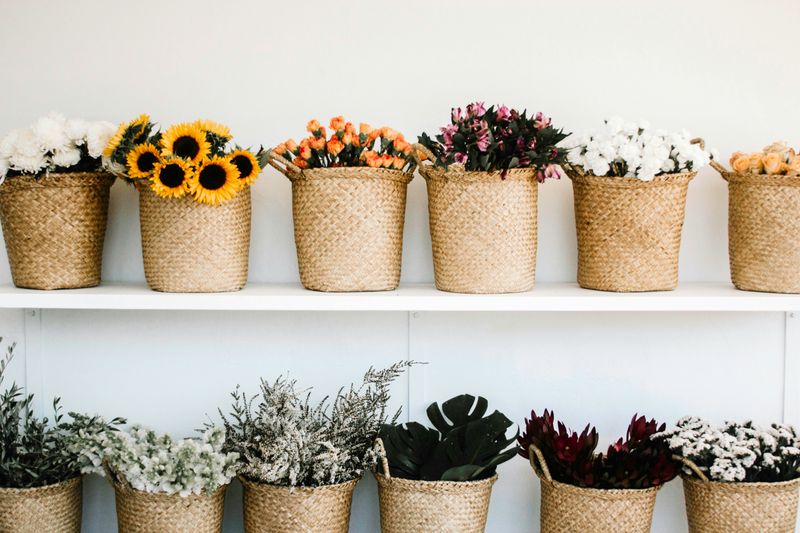 Photo by Carrie Beth Williams on Unsplash
Photo by Carrie Beth Williams on UnsplashStep 5: Start arranging
Fill your vessel/vase with water and add flower preservers.
Arrange your greenery so that it is even and creates an effective base, make sure that all elements remain secure from this point on. This could mean using florists tape or wire.
Add the flowers that are going to be the focal point of your arrangement (remember, these are often the biggest and/or brightest of the flowers).
Next add secondary flowers, these flowers may be smaller and less noticeable but they are a necessary addition.
Add filler flowers or extra greenery to fill any gaps.
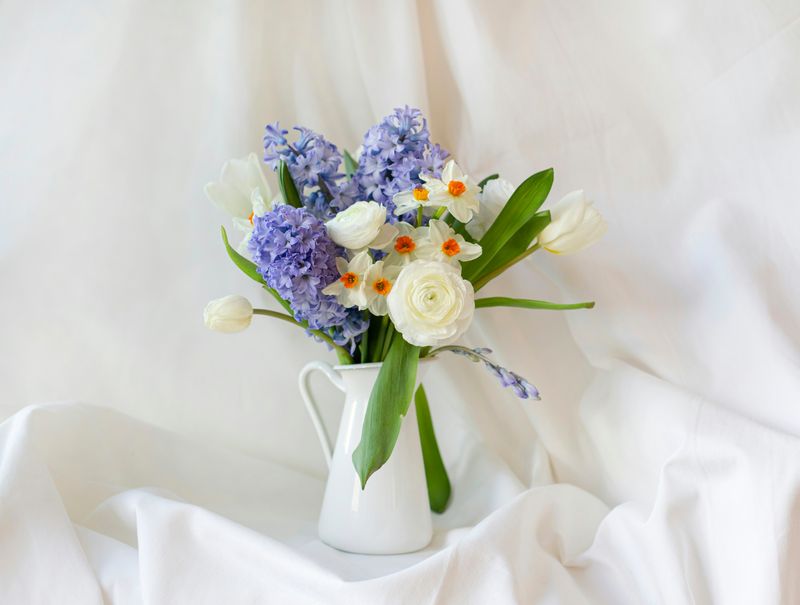 Photo by Evie Fjord on Unsplash
Photo by Evie Fjord on UnsplashTake Action
Want to learn more? Try some of these suggestions:

Your feedback matters to us.
This Byte helped me better understand the topic.
